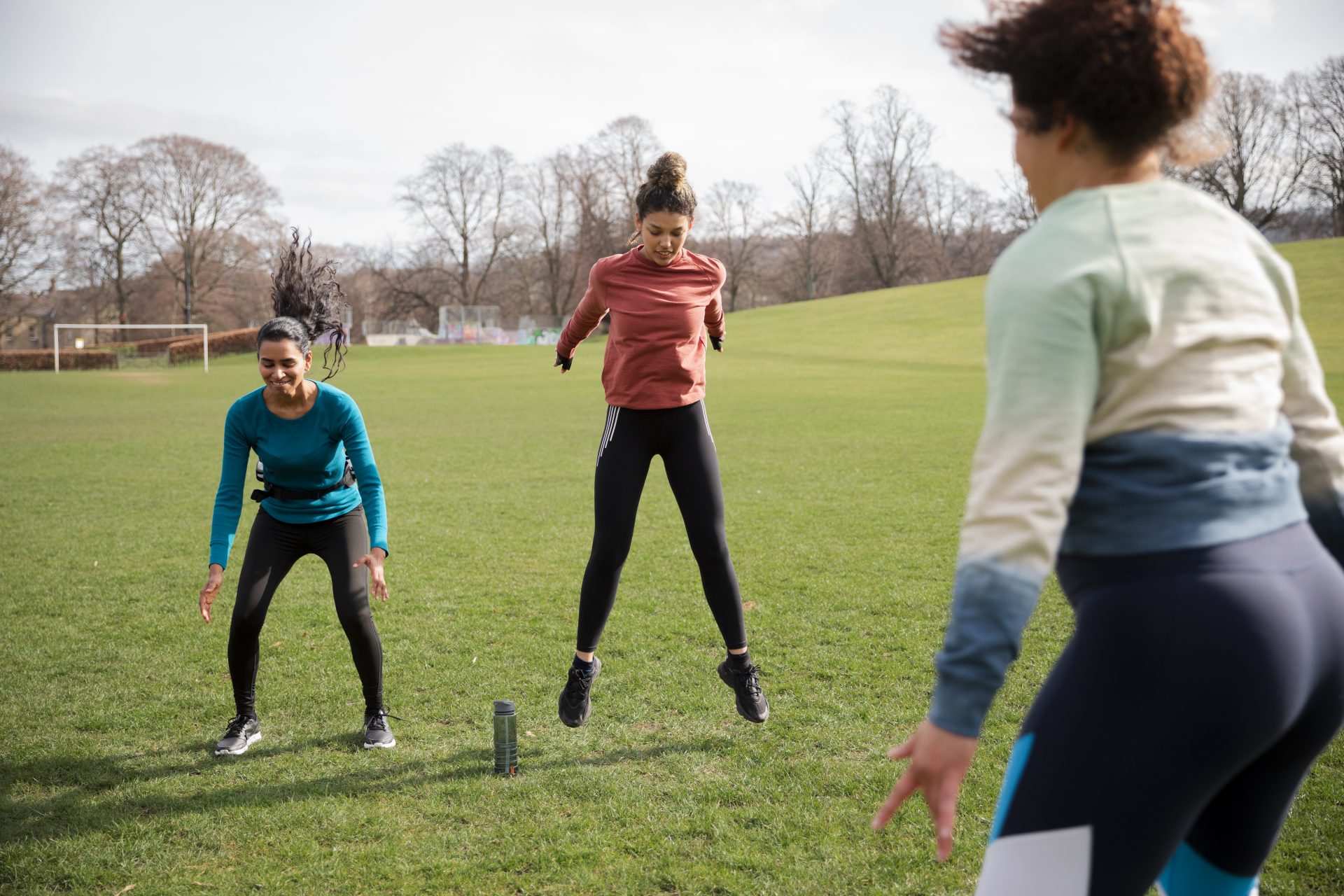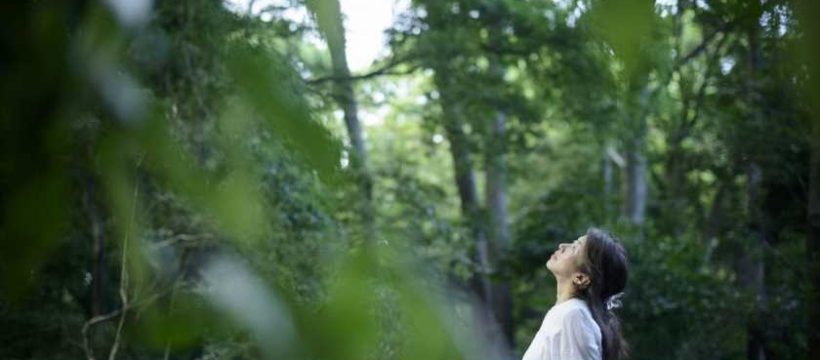Biophilia is taking over our lives, including our workouts. Here’s why exercising in green space will be big in 2023.
Biophilia is defined as the innate human instinct to connect with nature and other living beings. It’s thought to be why we are so obsessed with houseplants and the reason we all leaned into hot girl walks during lockdown, when our natural inclination to be outside was legally halted.
But now, two years on from being locked down, our love for biophilia exercise isn’t slowing down. The number of people getting outside to walk is still rising, with stats from Sport England showing that those who had walked at least twice in the 28 days prior to its survey rose from 18.3 million in 2016 to 21 million in 2020 and continued to jump up to 24 million in 2021.
You may also like
You’ve seen “Hot Girl Walk” all over social media, but are there benefits to the trend?
Maybe this isn’t news to you; if you regularly run or cycle, you’ll be used to moving your body in the great outdoors and seeing others do the same.
But for 2023, the biophilia exercise trend is about more than just your usual jog around the park. Instead, we’ll be taking traditional indoor activities into nature.
The demand for biophilic workouts has been so high that David Lloyd, the largest fitness chain in Europe, has started to offer outdoor workouts and yoga on and around the grounds of its clubs, including Battlebox, a circuits class now held in outdoor spaces. On Google, searches for ‘outdoor fitness classes near me’ have risen by 200% over the past five years.

Why is outdoor exercise so good for you?
We all know that there are benefits to moving, but studies do show a heightened impact of outdoor exercise in particular. In a 2016 study, participants cycled for 15 minutes either outside or indoors. Researchers found that people who cycled in nature reported more social interaction and less distraction as well as making people more likely to report intention for future exercise.
A 2019 study reported that while outdoor exercise did not lead to more beneficial biological changes than exercising indoors, being in nature was perceived as more calming and had more stress-reductive effects.
Other research also shows we may perform better when exercising outside, with one study showing that green exercise reduces perceived effort and allows individuals to work at higher workloads, meaning you can expect to box harder or stretch further when outside.
“Physical activity outdoors feels, in general, less strenuous, which in turn can help you push closer to your maximum performance,” agrees Carly Rowena, personal trainer and founder of Moodment. “In addition, being around and surrounded by nature provides grounding, lifts your mood and boosts your self-esteem.”
The best workouts to do outside
Logistically, the best biophilic workouts are ones that require little to no kit, unless you’re joining a group session where the organisers will be in charge of supplying workout gear.
Try making some of your favourite exercises, such as HIIT, pad boxing or callisthenics, into biophilic training sessions by performing them outside in green or blue space. “Think about all the different ways you can move: roller skating, biking, skateboarding, dancing, yoga, climbing, trampolining, swimming, SUP, hiking, water sports and running,” says Rowena. “If you love to walk but feel like you need to make it harder, add a backpack with some heavier items.”
For her, the best way to move outside is by simply moving that way. “Little tweaks like choosing to do my yoga or stretching outside or creating a circuit or obstacle course for my daughter works well,” she says.
But also consider workouts where you actually connect with the natural world, rather than just move around in it. Activities like paddle boarding or swimming, where you work with the water, are shown to improve mental and physical health while also helping you “see land from a different perspective”.
In a 2021 study, researchers interviewed those who performed blue water activities with participants noting that “water was always moving and changing from moment to moment, day to day, season to season; it required constant attention.” In the winter, a lido that is heated and full of other exercisers might be a better option than the sea, but it will still help you connect with the outdoors.
In green space, connect with nature by actually engaging with it during your session. Think press ups or handstands against trees. “The second you step outside, even if you don’t feel like it, look up; notice the clouds, flora and fauna, and you suddenly realise how small we are in the grand scheme of things which can make it feel like your troubles melt away,” adds Rowena.
Images: Getty
Source: Read Full Article
